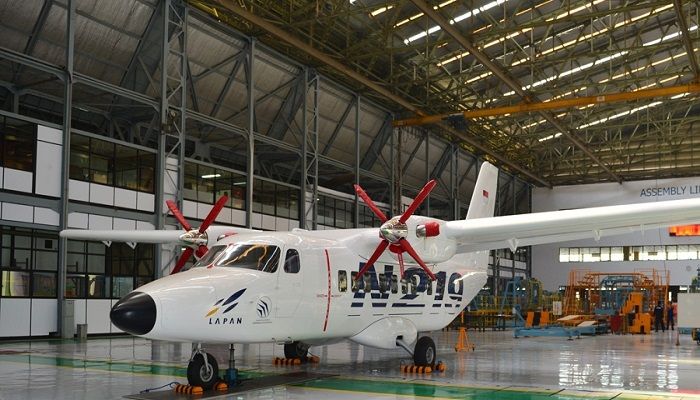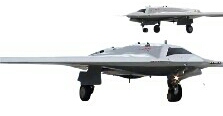WorldTekhno.com – Iran developed its own Electronic Chart Display and Information System (ECDIS), which is the development of a navigational chart system used on ships and warships. It uses an electronic chart system to enable the ship’s navigation crew to determine location and achieve bearings. This homemade system can be installed on military and civilian vessels as the primary means of electronic navigation.
Iran’s ECDIS has been developed by experts from the Geographical Organization, an agency affiliated with the Ministry of Defense.
The use of ECDIS can improve navigational safety and reduce navigators’ workload with automated capabilities such as route planning, route monitoring, automatic ETA (estimated time of arrival) calculations, and electronic navigation chart (ENC) updates. ECDIS is an electronic chart display and information system that can display ship’s position automatically, as well as automatic updates, radar overlay, GPS, AIS, speed log, sensor system and others in a single device designed and compliant with predetermined requirements.
A U.S. Department of Defense report specifically describes Iran’s missile forces as the largest force in the Middle East. Although it does not have exact figures, a U.S.-based Center for Strategic and International Studies backs a Pentagon report that says Iran has thousands of advanced missiles of various types. The BBC reported that Iran has a highly advanced missile force with a wide range of other weapons. Iran even goes so far as to claim that its ballistic missiles have the range and capability to destroy targets in the Gulf region as far as Israel.
In addition, Iran is also working on developing ballistic missile technology and has begun testing space technology, which could make the development of intercontinental missiles possible.
In 2015, President Barack Obama estimated that Iran would need only two to three months to produce enough nuclear material to make a weapon. Then there was a Nuclear Deal between Iran and six world powers known as JCPOA (Joint Comprehensive Plan of Action) to prevent Iran from making nuclear weapons.
But then-President Trump withdrew from the deal in 2018 and pushed for broader, permanent limits on Iran’s nuclear activities. After the U.S. assassination of Gen. Soleimani, Iran said it would not be subject to these restrictions. But Iran said it would continue to cooperate with the UN nuclear watchdog as well as the IAEA.***







